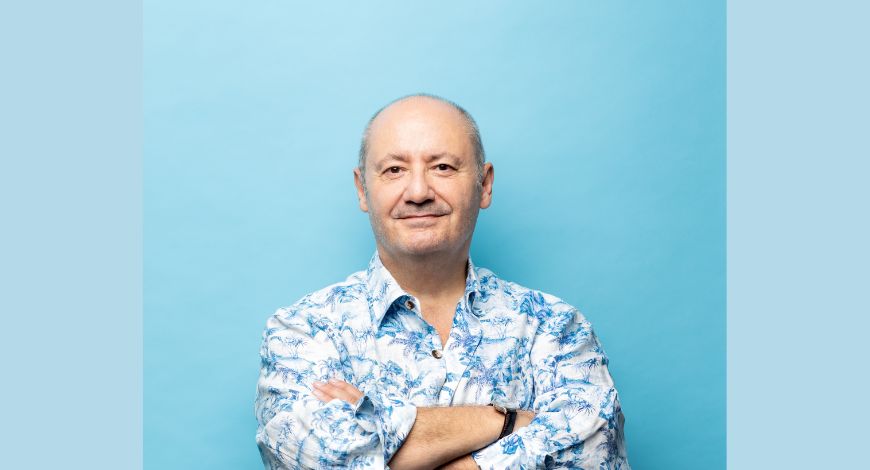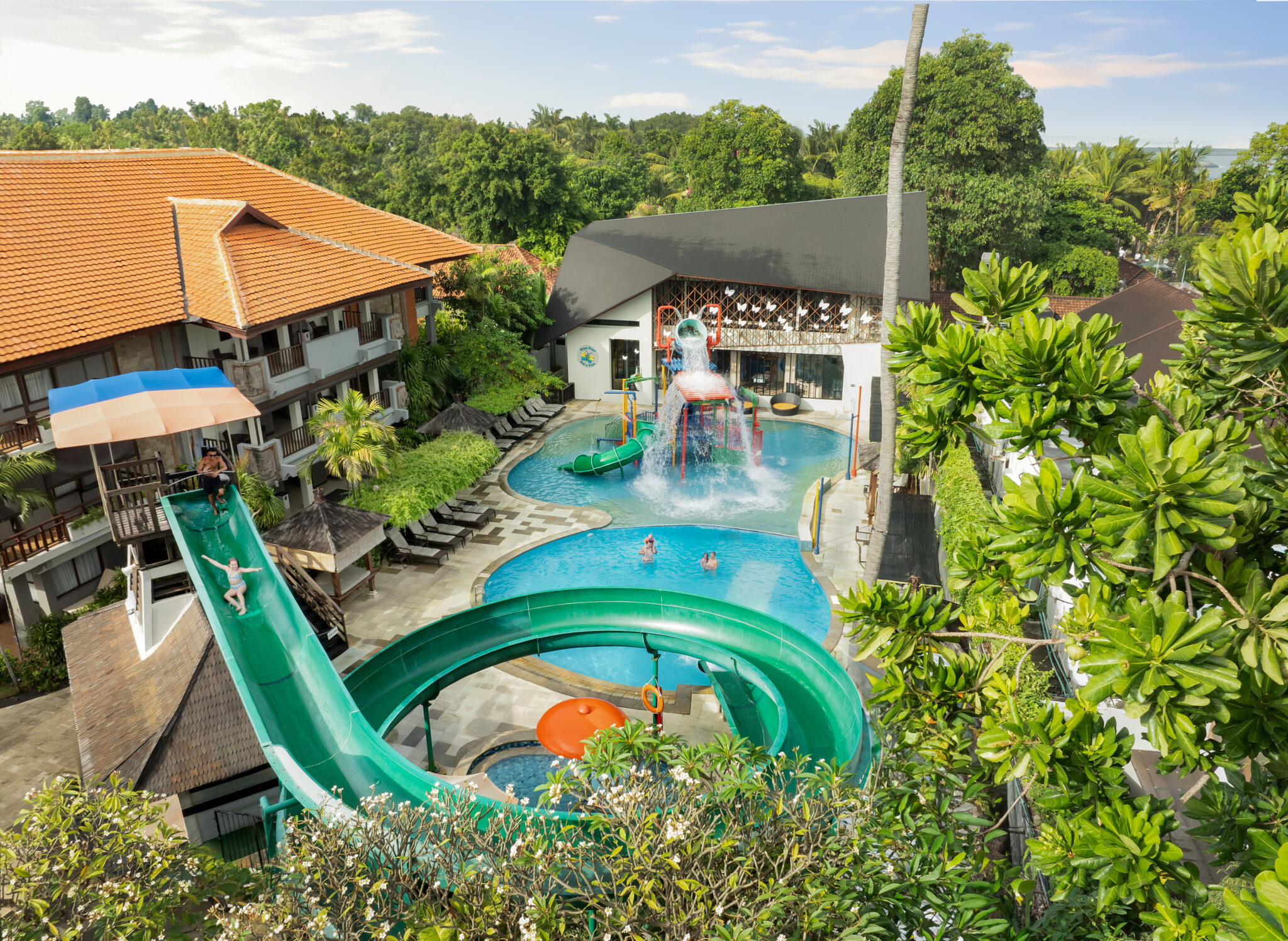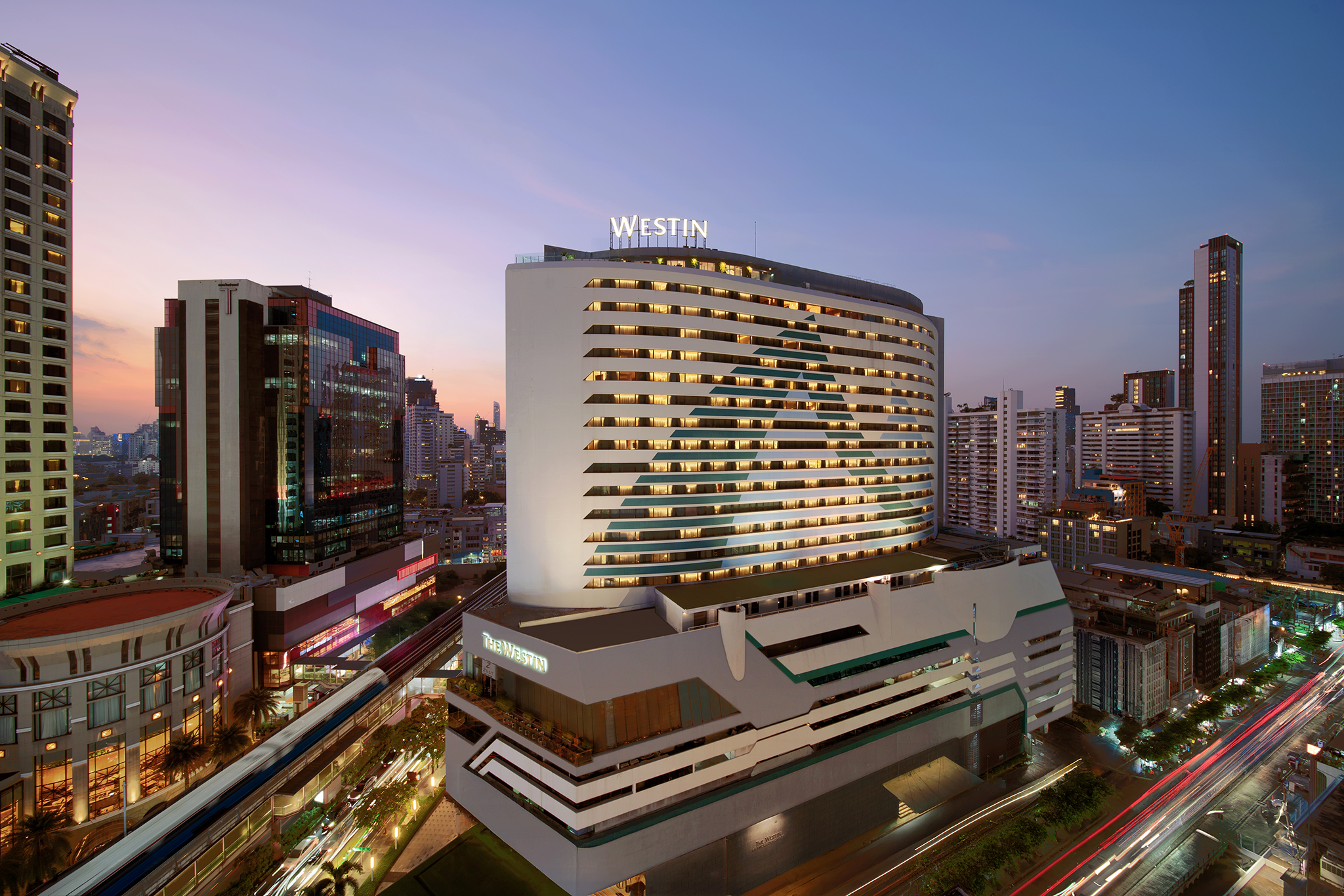In 2003, a group of renowned comedians, previously from the D-Generation and scriptwriters of films like The Castle and The Dish, decided it might be fun to write a guide book on a country which never existed. The resulting guide to Molvania turned out to be quite the hit and QANTAS even commissioned a 30-minute documentary to be shown on its planes. I couldn’t find any existing copy of that documentary, but I did find this clip of Molvania’s banned entry into Eurovision. No doubt some high inspiration for Borat who came after.
I think this is a great example to reflect on now as we see the acceleration of capacity in AI video creation. It is getting incredibly good. Very life-like. And that of course is the point. It can only be “like”, not real life. It will always be more Venish than Venice because that is how the LLM’s work. They take data and reference points to create something new. That is the “Generative” part of GenAI. The models stubbornly refuse to give you exact as that is the way they are wired.
This doesn’t mean we won’t see tourism boards using GenAI video capabilities. Whether they should or not, that is a whole other question. I like to use the “Walking on Dream” campaign by tourism Western Australia as an example of a creative idea that potentially could lend itself well to GenAI tools in video. The campaign features a huge flying whale shark flying over landscapes synonymous with West Australia and aboriginal dancers, dancing among surreal depictions of landscape. No-one really believes there is a huge flying whale shark or grapes floating like balloons over vineyards. The concept is grounded in the unreal. And in these circumstances I think there is some leeway for clever creatives who can utilize and leverage the new tech (note: not by creating fake indigenous dancers!!) Animation is another good potential use case, such as manga in Japan for example.
The recent Motorola branding exercise is another great example. This is a pure brand play. They aren’t trying to show that their phone is something it isn’t. They have just taken a clever idea around their logo and created a piece that places the Motorola brand as innovative and fashionable. There is a whole other ethical debate about creating fake models and so you also need to consider if this is a fight you want to be dragging your brand into.
History is another interesting use case. It is difficult for anyone to say what the history before cameras really looked like and so there is perhaps some leeway there to tell stories that are rooted in a past version of a place, which of course we all know is a huge motivator for many people to travel in the first place. I think there will definitely be a business that leverages GanAI video creation and the Apple Vision Pro to transport people back in time at places like Angkor Wat, Karnak Temple and the Colosseum. And I actually think that could be pretty cool to experience in situ.
Of course some will be tempted by the ease and cost (cheap or free) to sail as close to reality as they can. And of course they will end up with Molvania not Moldova. I can’t see how there is any way to win by taking that approach. Of course, more and more we live in a post truth world where real is called fake all time, based on how you feel, not by what the facts are and so there might be some way to play into this. I certainly wouldn’t be doing it and would be strongly counseling my clients to steer well away also.
What I’d really like to see more of is people leveraging AI to amplify authenticity. That to me is what is the exciting prospect here. What is hard about scaling authenticity now? Every destination wants to differentiate through its authentic self. “You do you” is the catch cry of the current generation. How can AI make it less hard for destinations to be themselves? How can we use AI to get each person to the exact authentic place that will be most inspirational for them? For that we need to scale variety, not polish. I’d love to see more people concentrating on these long-ingrained problems and finding solutions for those than just taking the easy option and creating more cheap flotsam.








